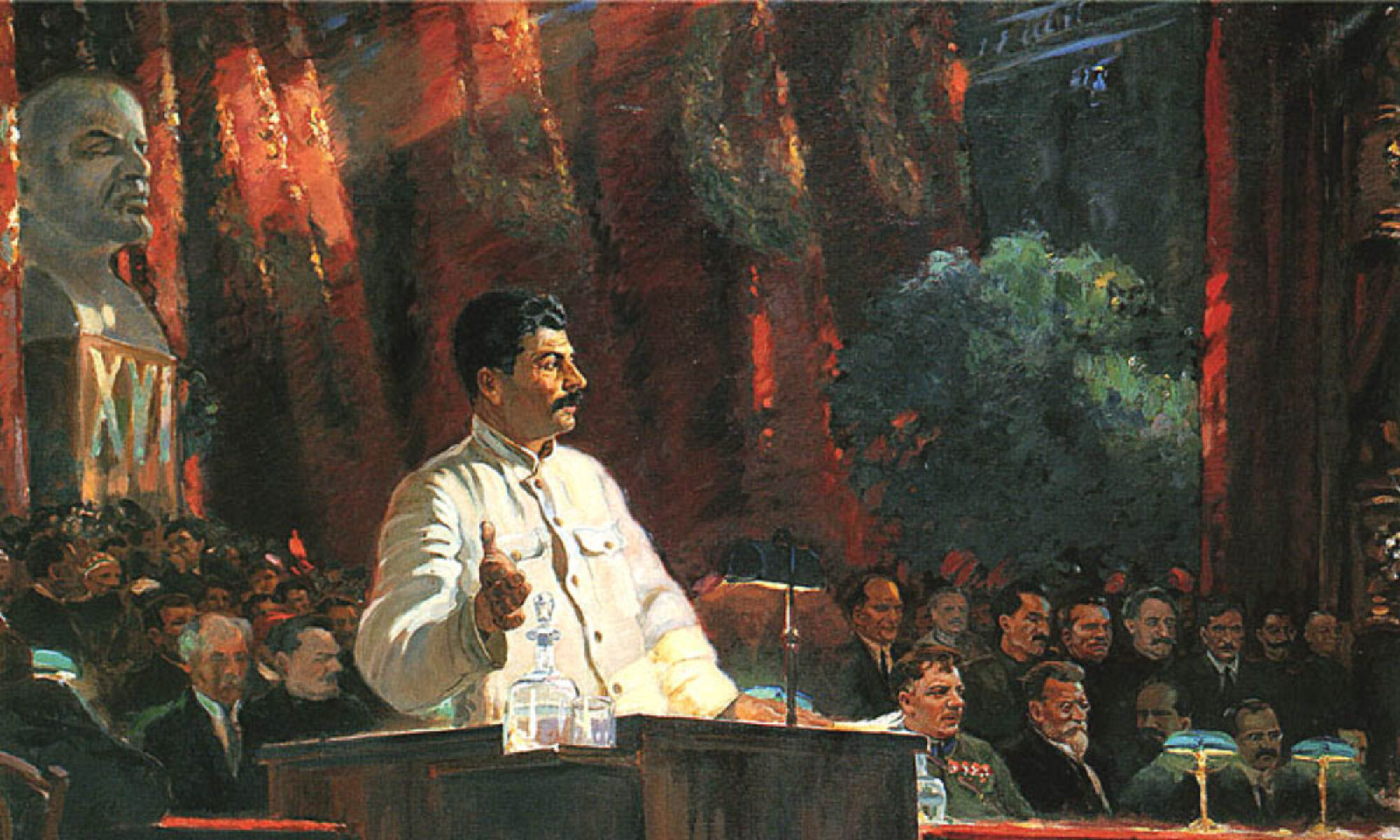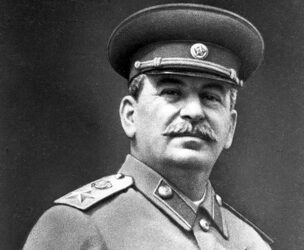I think this film did a really good job in capturing the reality of war in a way. In the beginning, there was Boris who ended up being called off to war after they thought it was not going to happen and he had to tell her. It was kind of standoffish and not really the romantic goodbye they should have had. Then even later on, the film has Boris’s cousin take advantage of the woman while he was away and then after he dies, she marries him! This could have been representative of a lot of what women went through and the pain that exists.
Also, I thought it was interesting when they were having Boris’s goodbye dinner and the girls were telling the story about saying goodbye to their brother and how the girls will be envious of their experience when they come back. This shows the odd relationship of the kind of uselessness women felt and the desire to do more.

